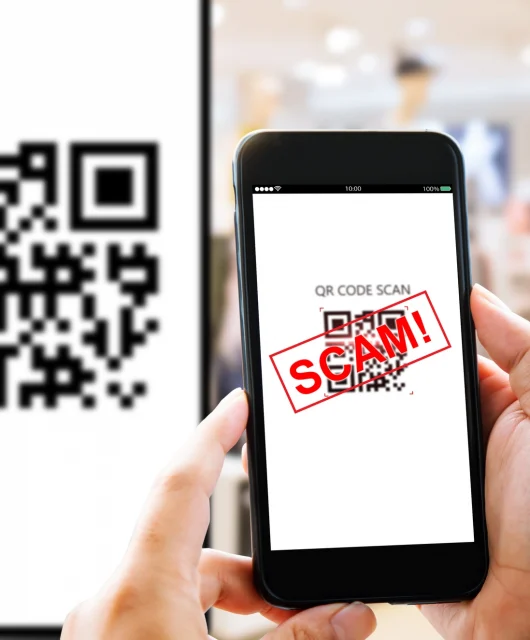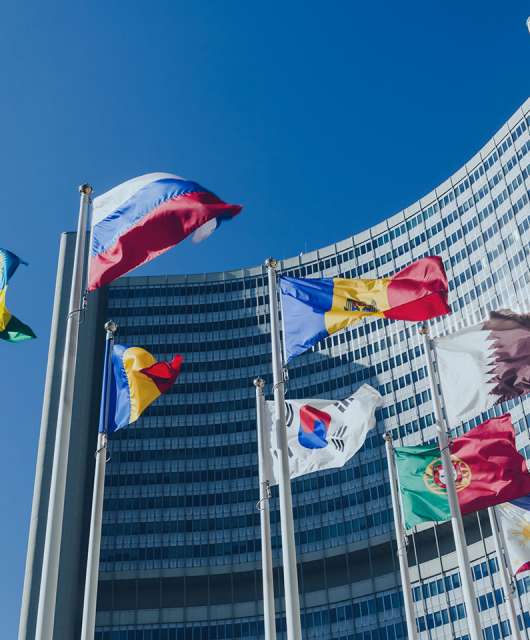Ransomware continues to be a serious cybersecurity for challenge for governments, businesses and individual citizens. Here’s what you need to know in 2023.
Ransomware attacks are becoming rarer
Ransomware attacks have been more common in recent years – cybersecurity analysts recorded a 105% increase in attacks between 2020 and 2021. However, the number of ransom attacks fell by 23% between 2021 and 2022.
That is not to say criminals have stopped using ransomware. Instead, they are being more targeted with their attacks, choosing to infect high-value companies over individual users.
Ransomware attacks are becoming more expensive
With careful targeting, hackers are confident of extracting larger ransoms from their victims. As a result, the average ransomware payment demand has risen from $115,000 in 2019 to $570,000 in 2021.
Criminals are choosing high value targets like Royal Mail or the government of Costa Rica because they know these organizations cannot operate without their IT systems. The LockBit hacker behind the Royal Mail attack demanded a ransom of $80 million – equivalent to 0.5% of the company’s annual revenue. Costa Rica found themselves with a $10 million ransom demand. Hackers know that large corporate victims are able to pay much more than private citizens when it comes to recovering their data.
There has also been a change in strategy for ransomware attacks. Victims are still expected to pay for a decryption key in order to recover their data. However, hackers are then demanding a second payment by threatening to expose sensitive data stolen during the infection. This ‘double-extortion’ model potentially doubles the value of the attack – and significantly increases the cost to victims.
Ransomware can still affect private individuals
It is obvious that criminals are choosing to target well-funded businesses – so does that mean individual citizens are now safe from attack? Sadly not.
One of the biggest problems with malware is how it spreads automatically between systems. It is entirely possible that a malware infection could ‘escape’ beyond the original target and begin infecting other computers around the world.
The infamous notPetya ransomware attack was originally targeted at Ukrainian industry – but quickly spread across the globe. Thousands of people, including private citizens, were locked out of their computers until cybersecurity experts were able to develop a fix. Even so, the global cost of the attack was tens of millions of dollars – and a lot of frustration and heartbreak for people who lost their data.
So although ransomware attacks are becoming less frequent, everyone remains at risk of infection. That’s why everyone should have an effective, proactive antimalware tool installed. Grab a free trial of Panda Dome today to protect yourself and your computer today.







